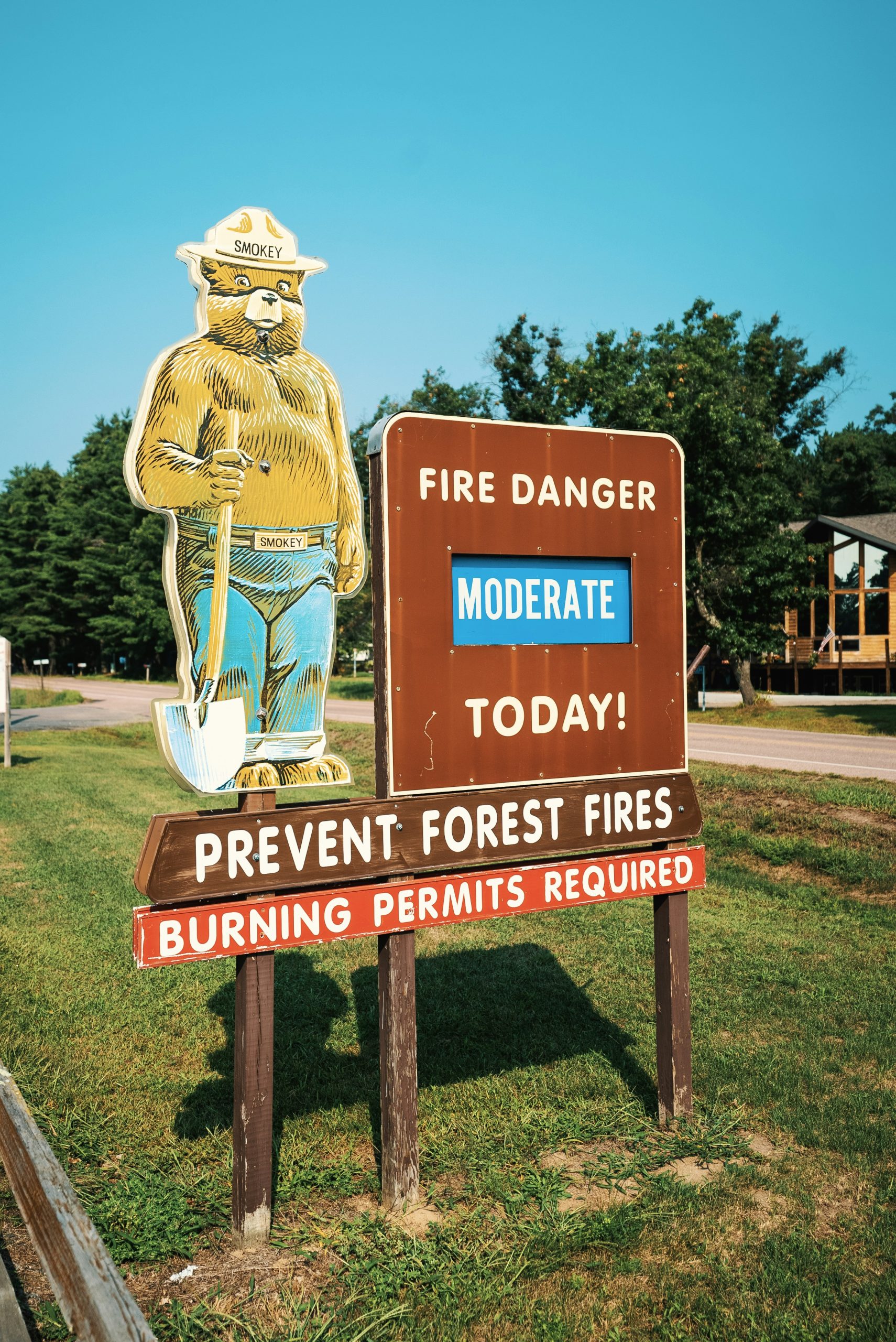How to Protect Your Home from Wildfires: Smart Strategies for Safety and Peace of Mind
With hotter, drier summers becoming the norm, wildfires are no longer a distant risk—they’re a reality many homeowners face each year. If you live in a wildfire-prone area, taking action now could be the difference between minor damage and devastating loss. The good news? There are concrete steps you can take to better defend your home and prepare for emergencies, both physically and financially.
Here’s a guide to help you fireproof your property, prep for the unexpected, and understand how your insurance coverage plays a vital role in protecting what matters most.
Establish a Wildfire Defense Zone
Creating a defensible space around your home is one of the most effective ways to reduce wildfire risk. Think of it like building a buffer between your home and any approaching flames. Consider this two-step approach:
Wildfire Defense Zone One
- Clear Flammable Materials: Ensure the first 10 meters surrounding your home are free of combustible materials like dry grass, vegetation, firewood, and fuel.
- Use Fire-Resistant Materials: Construct exterior properties, such as decks and sheds, with fire-resistant materials or locate them more than 10 meters from your home.
- Proper Firewood Storage: Store firewood over 10 meters away from your home in a fire-resistant box or under a fire-resistant tarp.
- Non-Combustible Patio Furniture: Opt for metal or other non-combustible materials for patio furniture, or keep it away from your home.
Wildfire Defense Zone Two
- Maintain vegetation. Prune trees so they’re 3–6 metres apart. Remove dead plants and stumps, and keep grass well-watered and trimmed.
- Thin out tree canopies. This reduces the chance of a crown fire, which can spread rapidly from treetop to treetop.
Prepare Your Home for Wildfire Season
Beyond your yard, your home itself needs to be prepared to withstand embers and heat. In addition to establishing a defense zone, consider these preparations:
- Chimney Maintenance: Inspect and clean your chimney regularly, ensuring dampers work properly.
- Air Quality: Invest in a portable air cleaner to maintain low indoor air pollution levels during smoky conditions.
- Roof and Gutter Cleaning: Regularly clear debris from your roof and gutters to prevent ember ignition.
- Fire-Resistant Building Materials: Use materials like metal or treated asphalt shingles and brick siding, as wood and vinyl are highly flammable.
- Window and Door Protection: Install tempered and thermal windows and doors to minimize wildfire heat penetration.
- Safe Storage of Explosives and Fuels: Keep explosive materials like propane and gas at least six meters away from your home, and cover firewood with fire-resistant covers.
Secure Your Home During a Wildfire Evacuation
In the event of an evacuation, these steps are crucial to protect your home:
- Close all windows and doors, and seal vents and openings.
- Bring patio furniture and outdoor items inside if possible.
- Position fuel sources over six meters from your home.
- Water down the roof, exterior walls, and surrounding areas.
- Connect and ready water hoses for use.
- Turn off the gas supply.
- Ensure emergency services have clear access to your property; open gates for emergency vehicles.
Understanding Wildfire Insurance
Navigating insurance coverage is vital for homeowners in wildfire-prone areas. Standard property insurance policies typically cover damage from wildfires, including smoke and water damage. Here are key considerations:
- Coverage Limits: Ensure your policy covers the costs of replacing or repairing your home and valuables.
- Renovations: Reflect any recent renovations in your policy to account for increased home value.
- Additional Living Expenses: Coverage can help with temporary relocation costs, like hotels and meals, during an insured loss.
- Food Spoilage: Coverage may replace fridge or freezer contents if a wildfire causes a power outage.
Importance of a Home Inventory List
A home inventory list can streamline the claims process if your property sustains fire-related damage:
- Document possessions with detailed descriptions, serial numbers, purchase dates, and estimated values.
- Keep and store receipts safely, with digital copies if possible.
- Consider 360-degree videos of your home’s interior and exterior.
- Store the inventory list securely, with a copy kept offsite.
Stay Safe During a Wildfire
- Stay informed of wildfire risks through authorities.
- Be ready to evacuate with an emergency kit and a fueled vehicle.
- Report any wildfires and move to safety without attempting to extinguish them personally.
- Protect against smoke by closing windows and doors, and sealing openings.
- If time allows, move flammable items indoors and prepare your property with water access.
By following these comprehensive steps, homeowners can significantly reduce the risks associated with wildfires and ensure their properties are well-protected and adequately insured. Wildfires are unpredictable, but your response doesn’t have to be. With a bit of planning, some simple yard work, and the right insurance coverage, you can drastically reduce your home’s vulnerability and ensure peace of mind during wildfire season.
Being prepared isn’t about living in fear—it’s about taking control and knowing you’ve done everything possible to protect your home, your family, and your future.

 Facebook
Facebook
 X
X
 Pinterest
Pinterest
 Copy Link
Copy Link

